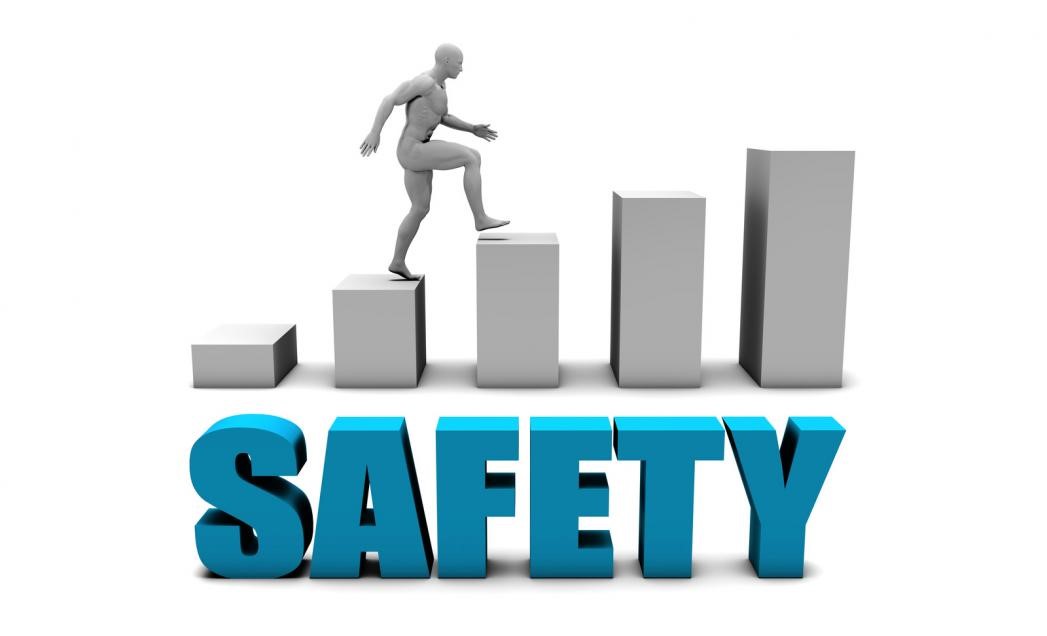Compliance does ensure that as business owners, we don’t end up paying any penalties and fines. But that’s not just it – it goes deeper than this. What are the consequences of a safe workplace? A safe environment with low risks levels. As such, there are fewer chances our workers will be injured or hurt. What does this imply? Lower costs in terms of workers’ compensation, reduced absenteeism, potentially a decrease in workers compensation premiums Are there any other benefits? A safe environment increases efficiency, which in turns boosts productivity and consequently, drives revenues. See how of this fits together? How a safe working environment leads to apparent financial returns?
What do the numbers say?
Considering the period between 2011 and 2012, over 128,000 claims were made. For every 1000 employees, this comes out to be 12.2 claims. Workers who suffer from serious injuries take off around 12 weeks. Of all serious claims, 25% require even off periods for even more than 12 weeks. What about deaths? During the period under consideration, there were 228 fatalities; 1.99 deaths for every 100,000 employees.
The resultant costs are significant. If both direct and indirect costs are considered, then the annual vales are around $60 billion, which is 4.8% of the annual GDP.
The Business Case
When making a business case, it can safely be stated that WHS results in greater performance levels and higher profitability in several ways such as
- Lowered costs in terms of compliance and premiums
- Reduced sickness and absenteeism
- Fewer accidents
- Greater productivity because of higher morale and motivation levels
- Reduced cost in relation to property damage
- More effective risk management
- Protection of intangible assets such as employee engagement, customer loyalty and brand image

Evaluating safety levels
Safety is essential, but how exactly ‘safe’ is your site? Let answer these questions in order to gauge.
What are you tracking here?
Only when you know which metrics to measure, would you know how safe your workplace is. Generally, this begins with capturing incidents, workers’ claim expenses and other similar metrics. And don’t forget to document any of these numbers.
Specifically, which ‘data’ should you know about?
When you know how effective your current safety programs are, you may want to take steps to improve them. Automate your workflows so that the right information is available at the right time. Analysing all this data can turn out to be advantageous.
How can you use the accumulate data?
When you have accumulated enough workplace safety and health data, you can start slicing and analysing it to uncover trends. The results can help you streamline operations and increase profitability.
Get help!
For more information on Safety & Revenue, please call Steven on 0438 932 115 or contact WHSE Consulting.